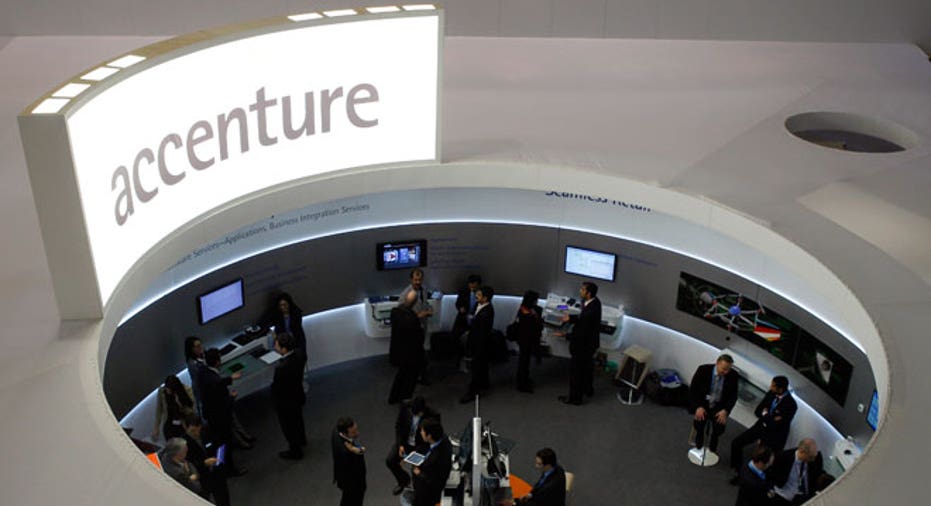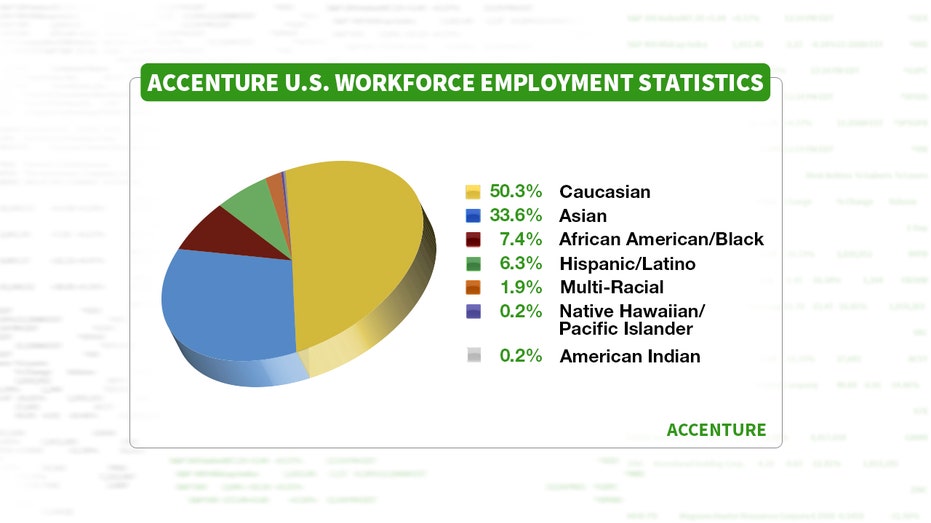Accenture's North America CEO: Diversity Needs an About Face

In February 2016, professional services firm Accenture (NYSE:ACN) made history by being the first firm to release its internal diversity statistics. But it wasn’t because the consulting giant was proud of the results and wanted to flaunt them. Accenture’s North America CEO Julie Sweet made the decision to publish the data because she wants to improve the numbers and was not happy with the current progress.
“It was for me a contradiction to say we want everyone to understand how it’s important but we’re not sharing where we are” said Sweet to FOXBusiness.com.

Accenture has over 40,000 employees in the U.S. In releasing the numbers, the firm revealed that it is composed of approximately 36% females and 64% males. The numbers are similar for executives, with approximately 31% of women holding executive roles and 69% of men in executive roles.

When it comes to ethnicity, just about half of Accenture’s employees are Caucasian, with the second and third next largest racial groups being Asian and African-American, respectively.
Accenture has committed to building on its existing employee base of over 1,000 veterans by hiring 5,000 more by 2020.

Sweet says that releasing the statistics was meant to “disrupt things.”
“We invest a great deal in programs and awareness and training and yet we weren’t making the progress we wanted to make” she says. And one of the most important changes is behavioral, according to Sweet, which she hopes to achieve through both internal and external dialogue.
Releasing diversity statistics, though, isn’t just a public relations stunt. The benefit to businesses is tremendous. Sweet told an anecdote about how diversity helped gain Accenture a client once. Before the firm was selected for a project, a competitor put forward a team made up of all white men. The client turned down the team, citing that the program they were launching was cutting edge and needed innovation by way of a diverse group.
“Business leaders understand this and they’re making changes and we see that” says Sweet.
Sweet also noted that this transparency helps attract and retain top talent. “Am I in a place where my diversity is not only tolerated, but also welcomed and celebrated?” says Sweet.
Both the internal and external reaction to the statistics has been “extremely positive” says Sweet. While she wouldn’t comment on other firms, Sweet said that outside of Accenture, they’ve been “cheering us on.”
What Sweet says has been the biggest affirmation in releasing the statistics is the number of white, male managing directors who have reached out to Sweet either in person or via email to thank her.
Now that Accenture has released its statistics, the professional services firm is in the post-learning period with the hope of entering the next fiscal year with new, concrete steps. “We’re not going to change overnight that we have a majority of all white male leaders” Sweet says.
Already, Accenture is implementing an employee referral system, offering higher monetary bonuses for referring diverse candidates who are hired.
One thing Sweet learned from her male MDs is that they have a desire to mentor diverse employees, but find it to be uncomfortable to have to pick a mentee. “A couple of leaders said I’m not always comfortable picking someone myself to foster or mentor. It doesn’t feel like a natural act to them to go pick a diverse person” says Sweet.
While Accenture does have employee mentoring programs, they’re not present in every office yet; Sweet is working to change that. Expanding the mentoring programs is a direct result of Sweet listening to employees, something she’s focused on doing to develop plans for building a diverse workforce.
What Sweet wants to emphasize though is that, yes, tone at the top and employee programs are important, but what’s most crucial is behavioral change.



















